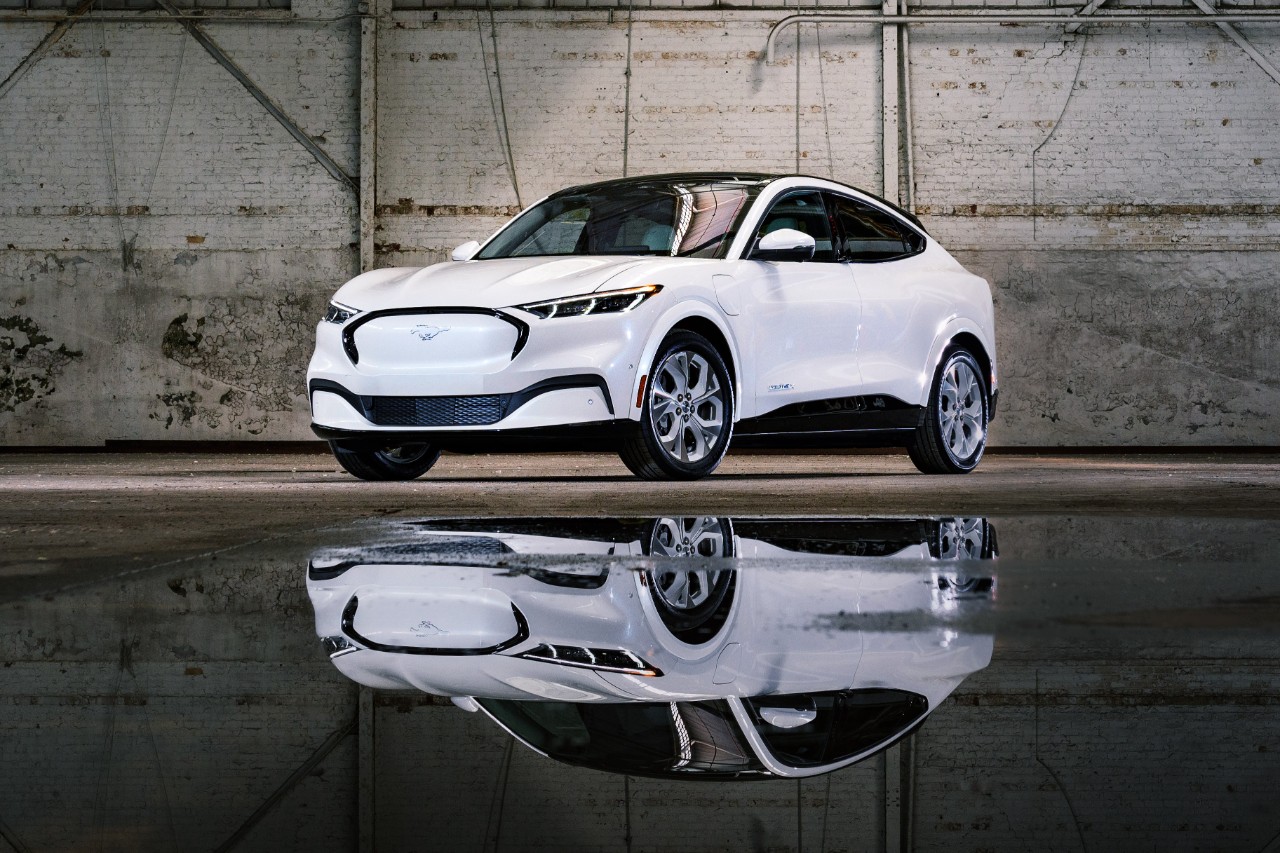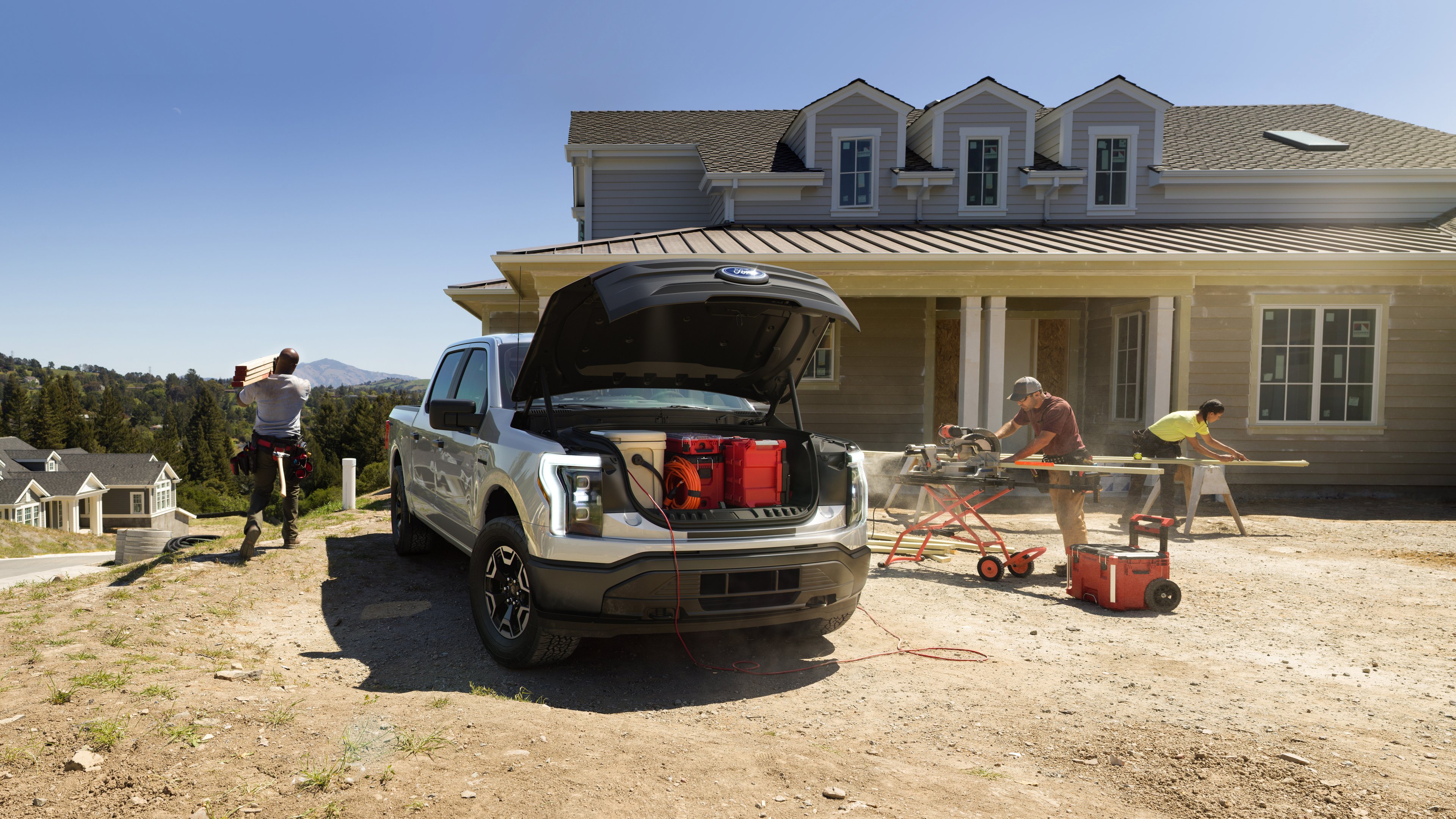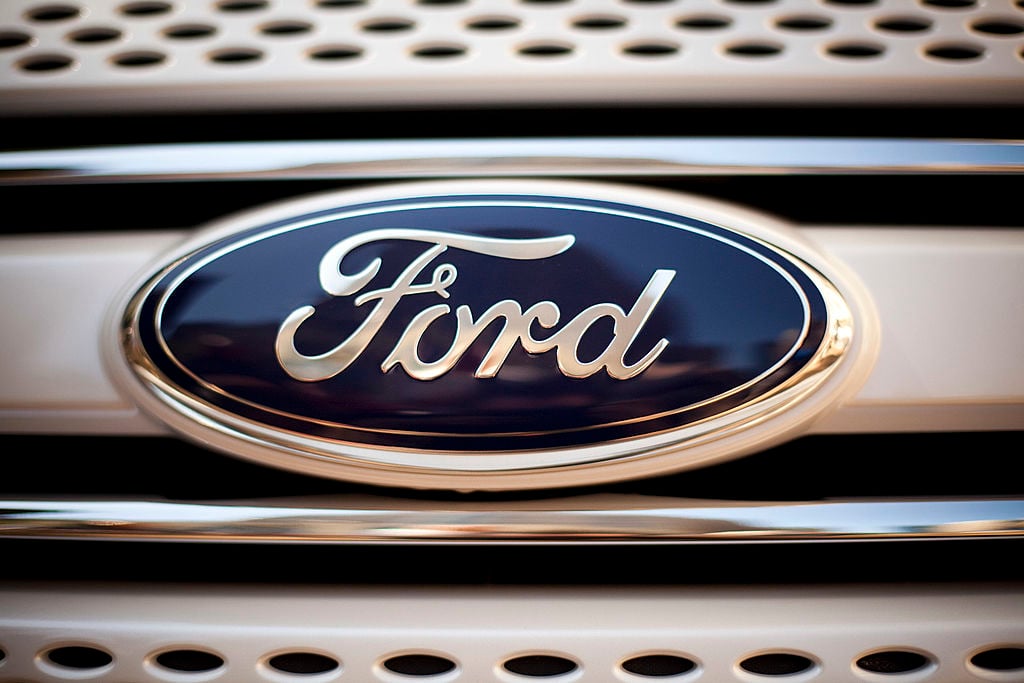
Ford says has been reducing incentives on its outgoing F-150 pickup. But analysts say that -- like competitors -- Ford's overall incentive spending has been rising. Source: Ford Motor Co.
Ford's (F 0.18%) remarkable turnaround has been powered by its strong results in North America. Lower costs (and much better cars and trucks) have helped Ford's North American division to some of the best operating profit margins in the business.
Those big profits have helped carry Ford while the company restructures its money-losing European operation and invests in a massive expansion in Asia.
But there's a storm cloud on the horizon: Competitive pressures have forced Ford to increase its "incentives," or discounts, here in the U.S.
There are good reasons to think that Ford will have to raise its discounts even further in coming months. Will Ford's all-important North American profits get crushed?
Incentives are up across the industry
TrueCar.com analysts estimate that Ford's average per-vehicle spending on incentives in July was $3,398, up almost 14% from a year ago.
That's despite the fact that Ford has been holding down its incentives on the F-150 pickup, in an effort to manage supply and demand while it changes over its factories to the all-new 2015 model.
So, why are Ford's incentives up? The reasons vary to some extent with the model. For instance, Ford's Fusion is a strong contender that gained a lot of ground at Toyota's (TM +3.08%) expense last year, when its sales rose over 22%.
But this year has been a different story: Fusion sales are up just 4.3% through July, as buyers have favored SUVs over sedans. It's not just Ford: Rivals like Honda's (HMC 1.08%) Accord and Nissan's (NSANY 2.63%) Altima have also seen slower sales growth.
So now, in an effort to boost sales, Ford is offering interest-free financing for 60 or 72 months to Fusion buyers through its Ford Motor Credit arm, as well as "cash back" discounts of as much as $2,000 on some models and a series of attractive lease deals.

After a strong 2013, sales of the Fusion -- and many of its midsize sedan rivals -- have been subdued in 2014, as more buyers have chosen SUVs over cars. Source: Ford Motor Co.
That's just one example. But analysts say that Ford -- and to be fair, most of Ford's rivals -- are boosting incentives across the board right now. And they're predicting that incentives will keep rising.
Why? Because used cars are getting cheaper.
Why used cars are getting cheaper
It makes sense that falling prices for nice, low-mileage used cars will put pressure on new-car prices. As the price gap between a new model and a nice clean certified-used one that looks pretty much the same starts to grow, more buyers will be tempted by the used models.
That in turn will lead automakers to boost discounts (or cut prices) -- if they want to keep their new-vehicle sales growing.
But why are used cars getting cheaper? Supply and demand: More used cars are coming to market -- because the number of vehicles coming to the ends of their leases is rising every month.
Generally speaking, the best used cars -- the ones that new-car dealers shine up and offer as "certified" -- are examples that have just come "off lease".
In Ford's case, Ford Motor Credit provides the company's lease offers. Customers lease a new Ford for 24 or 36 months and then return it to Ford Motor Credit, which then auctions off the lightly used vehicles.
Many of those off-lease Fords will find their way to Ford dealers, where they'll be "certified" and offered to customers who want a new-ish car but maybe don't want to pay full price for a new one. As more and more of those cars show up on dealer lots, and as their prices start to fall, it'll get harder and harder to make the case for a new model -- without some incentives.
There are other sources of used cars, of course, but that's how many of the nice ones make their ways to market in the U.S.
Now consider how new-vehicle sales have been rising in the U.S. over the last several years, and you'll see why supplies of nice used vehicles -- which lag the new-car market by two or three years, of course -- are starting to rise.

Source: Automotive News
That's why prices will fall. And that's why Ford is likely to feel pressure to boost incentives further, squeezing its profits in North America.
Here's why that's a big deal.
Why those rising incentives could hurt Ford's overall profits
Ford's sales in places like China have been booming, but Ford has been reinvesting much of the money it makes in Asia in an aggressive expansion effort. The company currently has five factories under construction in China and India.

Ford's global models have been finding lots of buyers in China. The Kuga -- a twin of the U.S.-market Escape -- has been one of several Fords posting strong sales. Source: Ford Motor Co.
Meanwhile, in Europe, Ford has been working on an aggressive restructuring plan. The company lost $1.75 billion in Europe in 2012 and $1.6 billion more in 2013, as steep recessions in many European nations clobbered new-vehicle sales.
While Ford Europe turned a small profit last quarter, that was a fluke. Ford expects Europe to post another loss for 2014, but says it should return to profitability in 2015. Meanwhile, the investment cycle in Asia will continue for at least another year, perhaps longer.
Both regions should start making nice contributions to Ford's bottom line -- in a couple of years. But while those efforts are playing out, Ford is heavily dependent on North America for profits.
Here's how pretax profits at Ford's business units broke down last quarter:

Source: Ford Motor Company
As you can see, North America was a profit powerhouse, with a whopping (by auto industry standards) operating profit margin of 11.6%. Ford has warned that its margins will fall into the (still good) 8%-9% range as the year goes on, because of the costs of launching a series of new models.
Generally speaking, new models require fewer discounts to sell well. The new models that Ford is launching could help the company hold the line on discounts.
But if Ford has to keep boosting incentives to keep pace with competitors (and the used-car market), its margins could be hit harder. Stay tuned.









